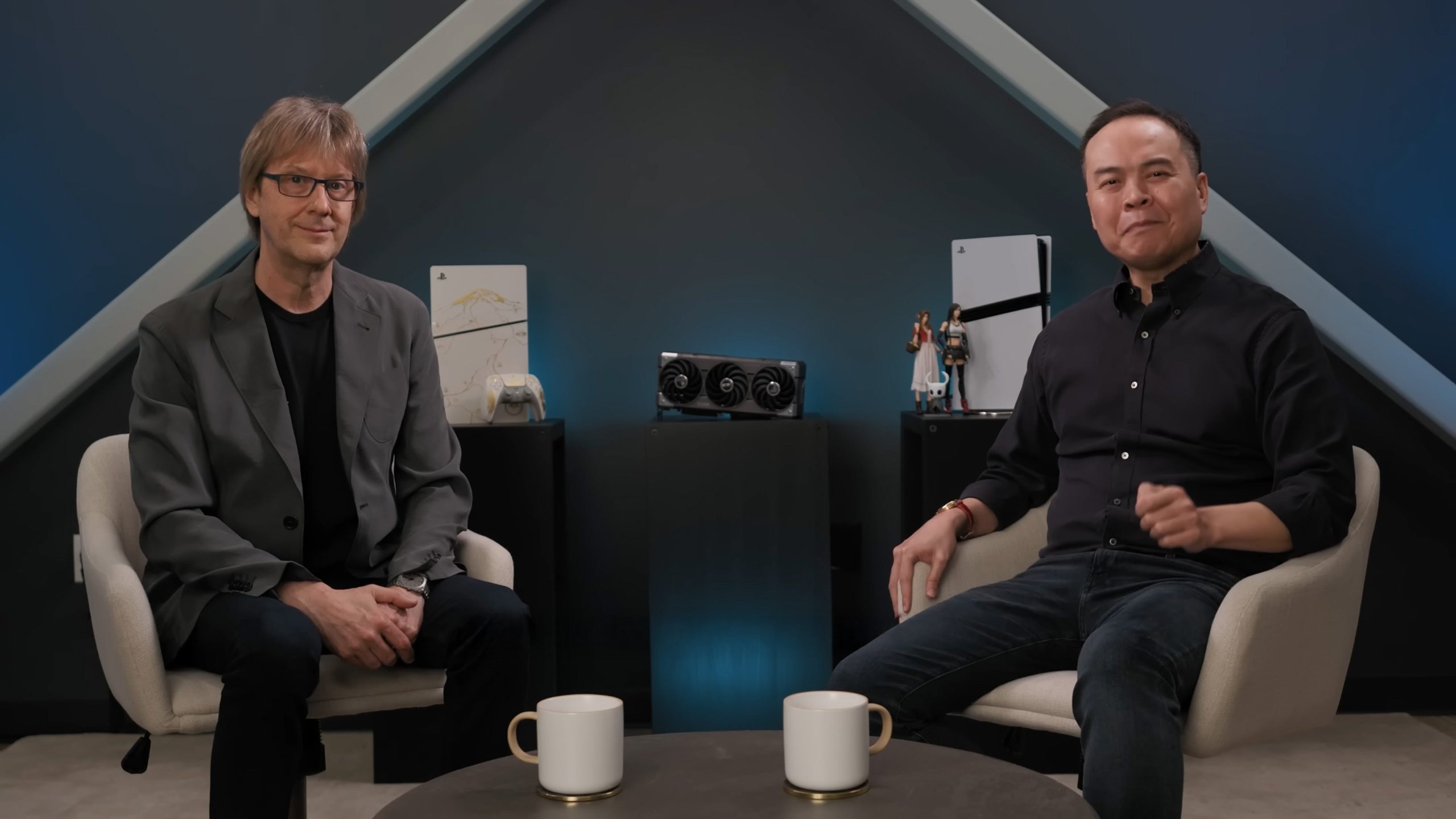Sony and AMD just announced three key technologies that look likely to come to the PlayStation 6 and future AMD graphics cards, with PS5 system architect Mark Cerny and AMD senior vice president Jack Huynh teaming up to deliver the news. The talk is fairly technical, but the three core features – Neural Arrays, Radiance Cores and Universal Compression – look set to make a big impact on future AMD-based hardware. The main goal is speeding up computionally-expensive ray tracing and path tracing in some novel ways, as well as reducing the cost of the upscaling and denoising techniques they rely on.
Let’s start with Neural Arrays. In short, this is a new arrangement of the dozens of Compute Units (CUs) that make up a graphics processor like that in the PS5 Pro. Normally each of these CUs work alone on a bite-sized piece of the puzzle, which makes sense for most tasks, but can be inefficient for upscaling techniques like FSR or PSSR. Neural Arrays therefore link multiple CUs together in a “smart, efficient way”, like a “single, focused AI engine”.
The benefit is that this ought to allow for bigger (and therefore higher quality) machine learning models, with less overhead and better scalability. To say it another way, it means that an upscaling algorithm like PSSR ought to run faster at a given quality level, or accomplish more in a given time frame. The same speed-up also applies to denoising algorithms, which are important for ray-traced or path-traced graphics.
Huynh also promises that Neural Arrays will allow for new features, including “dedicated innovations that bring cinematic rendering to an entirely new level.”
Radiance Cores are the second new technology, and they’re firmly a hardware change. Essentially, this is a new dedicated hardware block in next-generation AMD graphics processors that’s “designed for unified light transport”, ie ray tracing and path tracing. In the PC space, Nvidia has long held a ray tracing performance advantage thanks to its RT cores, and it looks like finally AMD is adopting a similar strategy.
